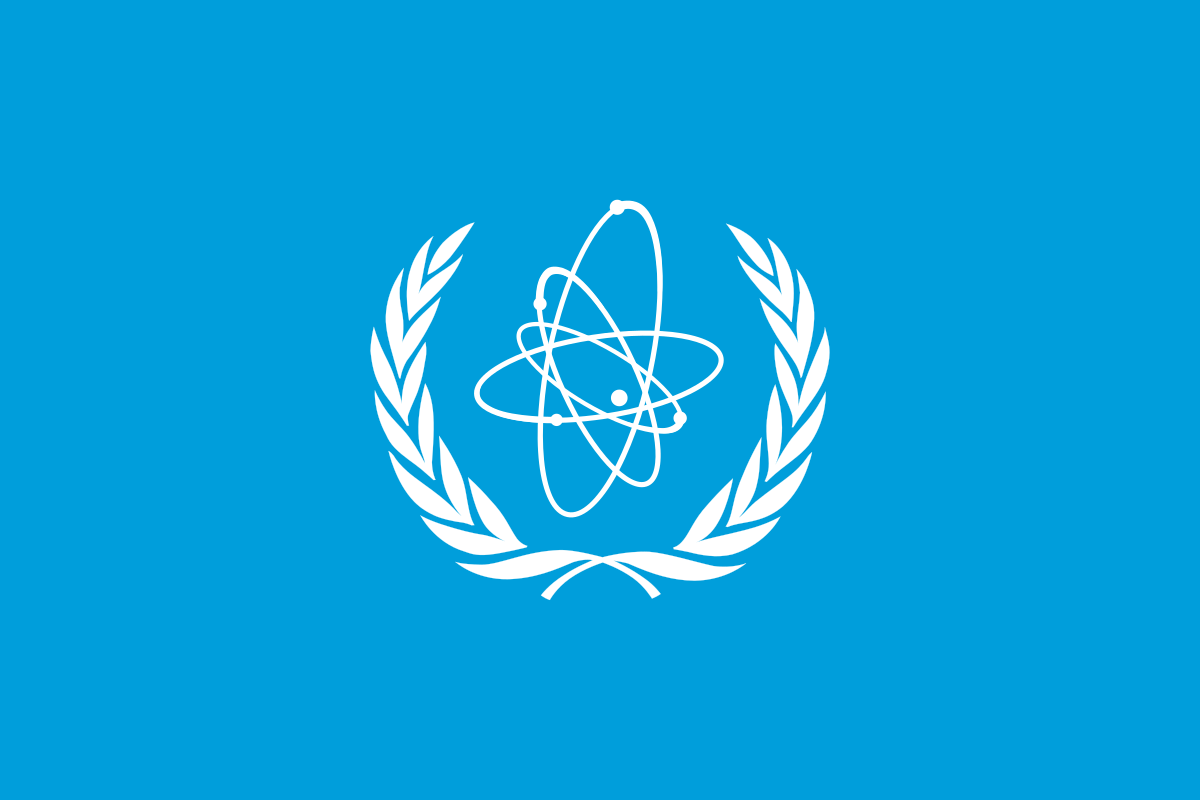Libya’s ‘Missing’ Raw Uranium Has Nuclear Inspectors Scrambling
Raw uranium is not radioactive, but with the right expertise it could be converted to a gas that in turn could fuel a nuclear weapon.

Nuclear inspectors have been spooked this week by the mysterious disappearance of a cache of raw uranium from storage in a no-man’s land in southern Libya. Even after some or all of the lost yellowcake reportedly was found on Thursday, questions remain.
The mystery unfolded midweek, when the International Atomic Energy Agency reported that 10 drums containing the raw material that can be processed for nuclear fuel went missing. Raw uranium is radioactive but only mildly dangerous. However, with the right expertise it could be converted to a gas that in turn could fuel a nuclear weapon.
Even after processing, the amount that went missing was not enough for a nuclear weapon, a former top IAEA official, now a distinguished fellow at the Stimson Center, Olli Heinonen, tells the Sun. Yet, he adds, “my hunch is someone was trying to make money, trying to find a buyer” for the raw uranium.
At the time of this writing the IAEA has yet to verify a report from one of Libya’s two main armed factions that it found the missing 10 drums in south Libya. A spokesman for the Libyan National Army, Khaled Mahjoub, told reporters that the missing drums were found three miles away from where they were initially stored, near the border with Chad.
Mr. Mahjoub speculated that a rebel group from Chad had raided the warehouse and taken the barrels in the hope that they might contain weapons or ammunition. Once realizing their mistake, they abandoned the barrels.
The Libyan National Army under Fieldmarshal Khalifa Haftar controls the eastern part of the country. Since the 2011 overthrow of Muammar Gaddafi, Libya has been at war. Two forces control different parts of Libya, and each has its own government institutions, economic structures, and military. Mr. Haftar’s army controls the east of the country, while the rival government is based at the capital, Tripoli.
The southern area where the uranium was stored had been under the control of Libyan troops when Gaddafi made a deal with America and the IAEA to end his nascent pursuit of nuclear arms. Libya was permitted to keep unenriched uranium for non-military purposes. It stored the material, which it initially bought from Niger, in the south.
That desert area is a no-man’s land, controlled by neither of the main Libyan factions. Mr. Heinonen says security there is far from ideal. The IAEA was scheduled to inspect the site last year, but canceled the visit for lack of security. Then, once it finally came to inspect, it discovered the missing material, according to a secret IAEA report, first made known by Reuters.
Did a Chadian gang think the storage area contained arms and abandoned what it took after realizing it did not? According to Mr. Heinonen the raw uranium at the site, there since the late 1970s, was stored in drums that do not look like they could contain weapons.
Yet, both he and the Institute for Science and International Security’s president, David Albright, remember an incident in the aftermath of the Iraq war when thieves raided a uranium storage site because they thought the drums were valuable. They kept the barrels and dropped the raw uranium in the sand, where the IAEA ended up finding it.
It is similarly possible that whoever took the material in Libya had no idea what they had.
Yet, raw uranium is valuable. It could well be that the people who took it knew that the amount taken — about a quarter of what is needed after enrichment for a bomb — was marketable. They could tell a potential client, “I can get more of this, but here is a sample,” Mr. Heinonen says.
If so, the thieves could have kept some of the uranium even after leaving the drums behind for the Haftar forces to find.
Yet, where can they shop it around? The usual rogue suspects — North Korea, Iran et al — possess enough raw uranium of their own. A lot of potential black market clients do not have the expertise needed for converting raw uranium.
“Probably the only country that I think of that can have a use for it is. Saudi Arabia,” Mr. Albright tells the Sun. Riyadh is trying to master the fuel cycle, he adds, and having ample supply of yellowcake could help in its research and development program.
Yet, Mr. Albright adds, there are many other potential clients, including several Mideast countries, Burma, and terror groups like al Qaeda, or other militant Islamist factions, some of which are active in the region.
If the report that all the missing raw uranium was found is correct, a major proliferation danger was averted. As a credible agency is yet to confirm the find, however, danger may still lurk. Either way, the disappearance of a large amount of uranium for an unknowable period of time exposes a major hole in the global non-proliferation efforts.
Correction: Radioactive but only mildly dangerous is the description of raw uranium. The description was incorrect in an earlier version.

